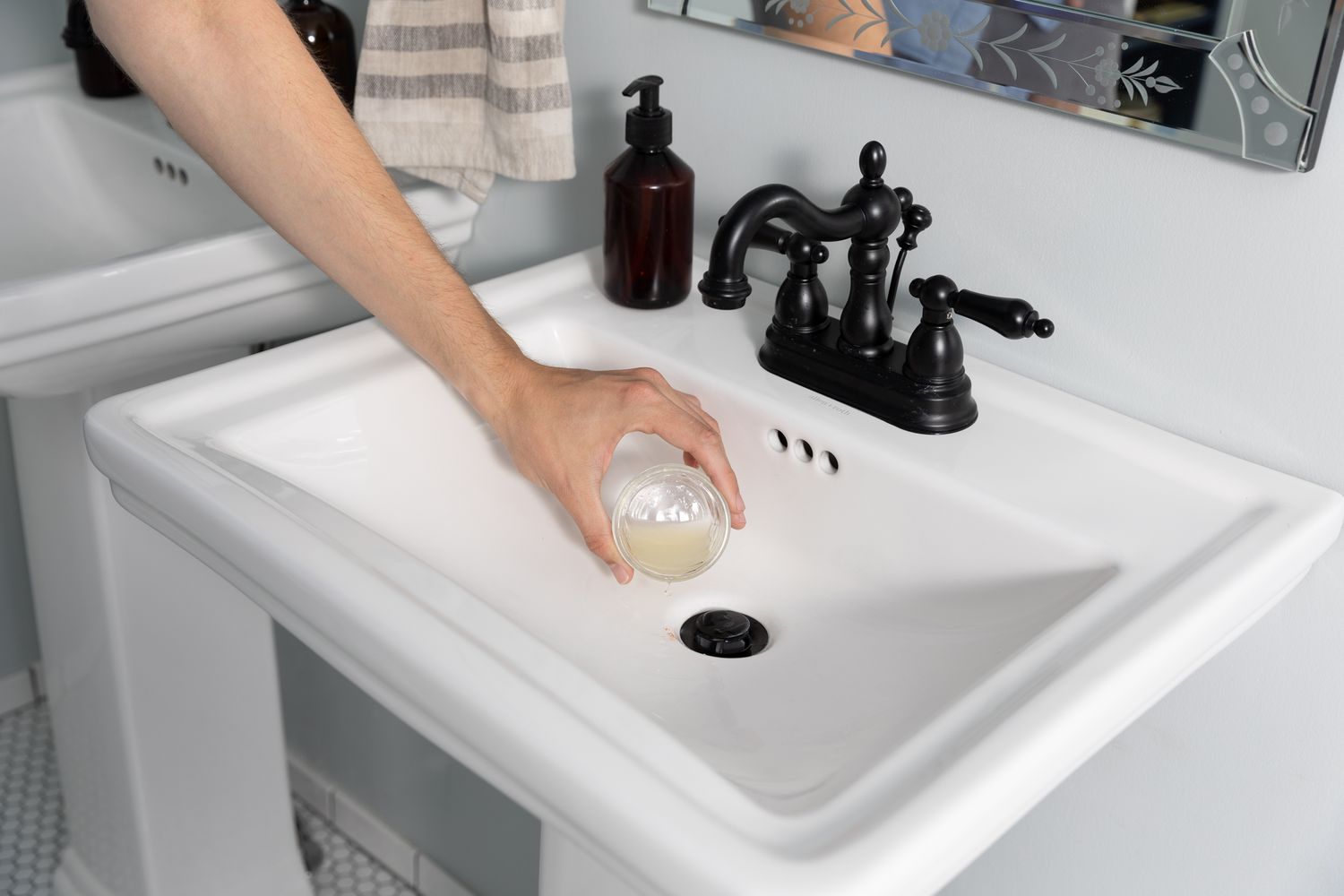

Articles
How To Get Stain Off Porcelain Sink
Modified: October 20, 2024
Looking for articles on how to remove stains from a porcelain sink? Find expert tips and tricks in this comprehensive guide.
(Many of the links in this article redirect to a specific reviewed product. Your purchase of these products through affiliate links helps to generate commission for Storables.com, at no extra cost. Learn more)
Introduction
Having a beautiful porcelain sink can add elegance and style to any kitchen or bathroom. However, over time, even the most well-maintained porcelain sinks can develop stubborn stains that mar their appearance. These stains can be caused by various factors such as hard water, soap scum, minerals, or even food and beverage spills. Fortunately, there are effective methods to remove stains from porcelain sinks and restore their original shine.
In this article, we will explore different techniques to help you get stains off your porcelain sink easily and without causing any damage. Whether you prefer natural DIY solutions or commercial porcelain cleaners, we have got you covered.
Before we delve into the specific methods, it’s important to understand the nature of porcelain stains and take some essential precautions.
Key Takeaways:
- Gently scrubbing with natural solutions like baking soda paste, vinegar and dish soap, or lemon juice and salt can effectively remove stains from porcelain sinks without causing damage. Regular maintenance and gentle cleaning products can prevent future stains.
- When dealing with porcelain sink stains, always prioritize safety by wearing gloves, testing cleaning solutions, and avoiding harsh chemicals. Choose the right method based on the type of stain and take precautions to maintain the sink’s pristine appearance.
Understanding the Nature of Porcelain Stains
Porcelain is a durable and smooth material that is commonly used for sinks due to its aesthetic appeal and resistance to stains. However, even with its robust characteristics, porcelain is still susceptible to staining. Understanding the nature of porcelain stains can help us choose the most effective methods to remove them.
Porcelain stains can be caused by a variety of substances, including hard water minerals, soap scum, rust, food and beverage spills, and even cosmetic products. These substances can penetrate the porous surface of the porcelain, leading to discoloration and stubborn stains.
Hard water stains, caused by mineral deposits in the water, appear as white or yellowish spots on the surface of the sink. Soap scum, on the other hand, is a combination of soap residue, body oils, and minerals, and can create a dull film on the porcelain. Rust stains typically form when metal objects come into contact with the porcelain sink, leaving behind reddish-brown marks.
Food and beverage spills, such as coffee, tea, or red wine, can leave noticeable stains on the sink if not cleaned up promptly. Similarly, cosmetic products like nail polish or hair dye can leave unsightly marks on the porcelain surface.
It’s important to note that while porcelain is relatively resistant to stains, abrasive cleaning methods or harsh chemicals can damage its finish. Therefore, it’s crucial to choose gentle cleaning techniques and avoid using abrasive scrub pads or cleaners that can scratch or dull the surface of the sink.
With a good understanding of the various causes and types of porcelain stains, let’s move on to the essential precautions and safety measures you should take before attempting to remove stains from your porcelain sink.
Essential Precautions and Safety Measures
Before diving into the process of removing stains from your porcelain sink, it’s important to take some essential precautions to ensure your safety and the longevity of your sink.
Firstly, always wear protective gloves when working with cleaning solutions or chemicals. This will protect your skin from any potential irritation or allergic reactions. Additionally, make sure to work in a well-ventilated area to avoid inhaling any fumes from cleaning products.
It’s also important to carefully read and follow the instructions provided by the manufacturer of any cleaning products you choose to use. Some cleaners may have specific application methods or time limitations, so it’s crucial to adhere to these guidelines for optimal results and to prevent any damage to your sink.
When choosing cleaning solutions, opt for mild and non-abrasive options whenever possible. Harsh chemicals and abrasive cleaners can damage the surface of your porcelain sink, leading to scratches or a dull appearance.
Before applying any cleaning solution to your entire sink, it’s advisable to test it on a small, inconspicuous area first. This will help you determine if the solution is safe for your particular sink and if any adverse reactions occur.
When scrubbing the sink, always use a soft sponge or cloth to avoid scratching the surface. Avoid using abrasive scrub pads or metal brushes as they can potentially damage the porcelain.
Lastly, after cleaning your sink, rinse it thoroughly with water to remove any residue from the cleaning solutions. Leaving behind residue can cause the sink to become sticky or attract new stains.
By following these essential precautions and safety measures, you can effectively remove stains from your porcelain sink without causing any harm to yourself or your valuable fixture. Now that we have covered the necessary precautions, let’s move on to the methods for removing stains from your porcelain sink.
Simple Methods for Removing Stains
When it comes to removing stains from your porcelain sink, there are several simple and effective methods you can try. These methods utilize common household ingredients and are safe to use on porcelain surfaces. Let’s explore these methods below:
Method 1: Baking Soda and Water Paste
Baking soda is a natural abrasive that can help lift stains from the porous surface of the porcelain sink. Create a thick paste by mixing baking soda with water. Apply the paste to the stained areas of the sink and gently scrub using a soft sponge or cloth. Rinse the sink thoroughly with water to remove the paste.
Read more: How To Refinish A Porcelain Sink
Method 2: Vinegar and Dish Soap Solution
Vinegar is known for its cleaning properties and can help break down stubborn stains on porcelain surfaces. Mix equal parts of vinegar and dish soap in a spray bottle. Spray the solution onto the stained areas and let it sit for a few minutes. Use a soft sponge or cloth to gently scrub the stains, then rinse the sink thoroughly.
Method 3: Hydrogen Peroxide and Cream of Tartar Paste
Hydrogen peroxide is a natural whitening agent and can be combined with cream of tartar to create a stain-removing paste. Mix equal parts of hydrogen peroxide and cream of tartar to form a paste. Apply the paste to the stained areas and let it sit for about 30 minutes. Gently scrub the stains with a soft sponge or cloth, then rinse the sink well.
Method 4: Lemon Juice and Salt Scrub
Lemon juice, with its acidic properties, can help remove stains from the porcelain sink. Sprinkle salt over the stained areas and then squeeze fresh lemon juice onto the salt. Use a soft sponge or cloth to scrub the stains gently. Rinse the sink thoroughly with water.
Method 5: Commercial Porcelain Cleaners
If the above DIY methods don’t yield satisfactory results, you can opt for commercial porcelain cleaners. These cleaners are specifically formulated to remove stains from porcelain surfaces. Read and follow the instructions on the product label for the best results.
Remember to always choose the method that aligns best with the type and severity of the stains on your porcelain sink. Now that you know the methods, it’s time to learn some prevention tips to avoid future stains.
Read more: How To Paint Porcelain Sink
Method 1: Baking Soda and Water Paste
Baking soda is a versatile and gentle cleaning agent that can effectively remove stains from your porcelain sink. This method is simple and requires only a few basic ingredients.
Here’s how to use baking soda and water paste to remove stains from your porcelain sink:
- Start by preparing the baking soda and water paste. In a small bowl, mix equal parts of baking soda and water. Stir well until you achieve a thick, paste-like consistency.
- Apply the paste directly onto the stained areas of the porcelain sink. Use a soft sponge or cloth to spread the paste evenly and ensure it covers the entire stained surface.
- Gently scrub the stained areas using circular motions. The mild abrasive nature of baking soda will help lift the stains from the porous surface of the porcelain sink. Take extra care not to scrub too vigorously, as this may cause scratching or damage to the sink’s finish.
- Let the baking soda and water paste sit on the stains for about 10 to 15 minutes. This will give the paste time to penetrate and break down the stain.
- After the designated time, rinse the sink thoroughly with water. Use a clean cloth or sponge to remove any leftover residue from the baking soda paste.
- Inspect the sink to see if the stains have been successfully removed. If needed, repeat the process for stubborn or persistent stains.
- Once the stains are gone, give the sink a final rinse with water to remove any traces of the baking soda paste.
It’s important to note that baking soda is a safe and gentle cleaning agent for porcelain sinks. However, if you have a specifically delicate or unique finish on your sink, it’s always recommended to test the baking soda paste on a small, inconspicuous area first to ensure it doesn’t cause any damage or discoloration.
Now that you know the first method to remove stains using baking soda and water paste, you can try it out and restore the pristine appearance of your porcelain sink. However, if this method doesn’t give you the desired results, don’t worry! There are more methods to explore.
Method 2: Vinegar and Dish Soap Solution
Vinegar and dish soap are common household items that, when combined, can create a powerful cleaning solution to remove stains from your porcelain sink. The acidity of vinegar helps break down stains, while dish soap helps to lift and remove dirt and grime.
Here’s how to use vinegar and dish soap solution to remove stains from your porcelain sink:
- Start by creating the cleaning solution. In a spray bottle, mix equal parts of vinegar and dish soap. Give the bottle a gentle shake to ensure the solution is well mixed.
- Before applying the solution, thoroughly wet the stained areas of the porcelain sink with water. This will help the cleaning solution spread more evenly.
- Generously spray the vinegar and dish soap solution onto the stained areas of the sink. Ensure that the solution covers the entire stained surface.
- Allow the solution to sit on the stains for about 10 to 15 minutes. This will give it time to penetrate and loosen the stains.
- Using a soft sponge or cloth, gently scrub the stained areas in circular motions. The combination of vinegar and dish soap will work together to break down and lift the stains from the surface of the porcelain sink.
- Rinse the sink thoroughly with water to remove any remaining solution and residue. Use a clean cloth or sponge to wipe away any leftover grime or dirt.
- Inspect the sink to see if the stains have been successfully removed. For stubborn or persistent stains, repeat the process as necessary.
- Once the stains are gone, give the sink a final rinse with water to ensure no cleaning solution remains.
It’s important to note that vinegar has a strong smell that can linger after cleaning. However, the smell should dissipate once the sink is fully rinsed and dried.
Remember to always test the vinegar and dish soap solution on a small, inconspicuous area of your sink before applying it to the entire stained surface, especially if you have a delicate or unique finish. This will help ensure that the solution does not cause any damage or discoloration.
Now that you know the second method to remove stains using vinegar and dish soap solution, you can give it a try and restore the sparkling cleanliness of your porcelain sink. However, if this method doesn’t provide satisfactory results, don’t worry! There are more methods to explore.
Read more: How To Get Stains Out Of A Sink
Method 3: Hydrogen Peroxide and Cream of Tartar Paste
Hydrogen peroxide and cream of tartar can be combined to create a powerful paste that effectively removes stains from your porcelain sink. Hydrogen peroxide acts as a natural whitening agent, while cream of tartar helps to gently scrub away stubborn stains.
Here’s how to use hydrogen peroxide and cream of tartar paste to remove stains from your porcelain sink:
- In a small bowl, mix equal parts of hydrogen peroxide and cream of tartar. Stir the mixture until you achieve a thick paste-like consistency.
- Apply the paste directly onto the stained areas of the porcelain sink. Use a soft sponge or cloth to spread the paste evenly and ensure it covers the entire stained surface.
- Gently scrub the stained areas using circular motions. The combination of hydrogen peroxide and cream of tartar will work together to break down and lift the stains from the porous surface of the porcelain sink.
- Allow the paste to sit on the stains for approximately 30 minutes. This will give it enough time to penetrate and work its magic.
- After the designated time, rinse the sink thoroughly with water to remove the paste. Use a clean cloth or sponge to wipe away any residue.
- Inspect the sink to see if the stains have been successfully removed. For stubborn or particularly stubborn stains, you may need to repeat the process.
- Once the stains are gone, give the sink a final rinse with water to ensure no residue remains.
It’s important to note that hydrogen peroxide and cream of tartar are safe to use on porcelain sinks. However, as with the previous methods, it’s always a good idea to test the paste on a small, inconspicuous area of your sink before applying it to the entire stained surface. This will help ensure that the paste does not cause any damage or discoloration.
Now that you know the third method to remove stains using hydrogen peroxide and cream of tartar paste, you can give it a try and witness the transformation of your porcelain sink. However, if this method doesn’t provide the desired results, don’t worry! There are still more methods to explore.
Method 4: Lemon Juice and Salt Scrub
Lemon juice and salt can create a natural and effective scrub to remove stains from your porcelain sink. Lemon juice is known for its acidic properties, while salt acts as a gentle abrasive to help lift stubborn stains.
Here’s how to use lemon juice and salt scrub to remove stains from your porcelain sink:
- Sprinkle salt over the stained areas of your porcelain sink.
- Cut a fresh lemon in half and squeeze the juice over the salt. Ensure that the salt is saturated with lemon juice.
- Using a soft sponge or cloth, gently scrub the stained areas in circular motions. The combination of lemon juice and salt will work together to break down and remove the stains from the surface of the porcelain sink.
- Continue scrubbing until the stains begin to lift and the surface appears cleaner.
- Rinse the sink thoroughly with water to remove any leftover residue from the lemon juice and salt.
- Inspect the sink to see if the stains have been successfully removed. For stubborn or tougher stains, you may need to repeat the process or try an alternative method.
- Once the stains are gone, give the sink a final rinse with water to remove any remaining residue.
It’s important to note that lemon juice and salt scrub is a gentle and natural method to remove stains from a porcelain sink. However, as with the previous methods, it’s recommended to test this solution on a small, inconspicuous area of your sink before applying it to the entire stained surface. This will help ensure that the lemon juice and salt scrub does not cause any damage or discoloration.
Now that you know the fourth method to remove stains using lemon juice and salt scrub, you can give it a try and witness the improvement in the appearance of your porcelain sink. If this method doesn’t provide satisfactory results, don’t fret! There are still more methods to explore.
Read more: How To Get Stains Off The Countertops
Method 5: Commercial Porcelain Cleaners
If the previous DIY methods haven’t provided the desired results or you prefer a more convenient and specialized approach, commercial porcelain cleaners can be an effective option for removing stains from your porcelain sink. These cleaners are specifically formulated to tackle tough stains on porcelain surfaces.
Here’s how to use commercial porcelain cleaners to remove stains from your porcelain sink:
- Read and carefully follow the instructions provided on the commercial porcelain cleaner product label. Different brands may have specific guidelines and application methods, so it’s important to adhere to them for maximum effectiveness and safety.
- Before applying the cleaner, ensure that your sink is dry. If there is any standing water or moisture, wipe it away with a cloth or towel.
- Apply the commercial porcelain cleaner directly to the stained areas of your sink. Use a soft sponge or cloth to spread the cleaner evenly and work it into the stains.
- Allow the cleaner to sit on the stains for the recommended amount of time indicated on the product label. This will give the cleaner time to penetrate and break down the stains.
- Using a soft sponge or cloth, gently scrub the stained areas to help loosen and remove the stains. Follow any additional instructions provided by the cleaner for best results.
- Rinse the sink thoroughly with water to remove any residue from the cleaner. Ensure that all the cleaner has been rinsed away.
- Inspect the sink to see if the stains have been successfully removed. If needed, repeat the process or try an alternative commercial cleaner.
- After the stains are gone, give the sink a final rinse with water to ensure it is clean and free from any cleaning product residue.
It’s important to note that when using commercial porcelain cleaners, you should always follow the manufacturer’s instructions and take any necessary precautions, such as wearing gloves and working in a well-ventilated area. Different brands and types of cleaners may have specific instructions, so be sure to read and follow them carefully.
Now that you know the fifth method using commercial porcelain cleaners, you can opt for this convenient and specialized approach to remove stains from your porcelain sink. Always choose a reputable and trusted brand and carefully follow the instructions for the best results.
Prevention Tips to Avoid Future Stains
Prevention is key when it comes to keeping your porcelain sink free from stains. By following some simple maintenance and care routines, you can minimize the likelihood of future stains and maintain the pristine appearance of your sink. Here are some prevention tips to consider:
Regular Cleaning Routine:
Establish a regular cleaning routine for your porcelain sink. This involves regular wiping and rinsing to remove any spills, residue, or soap scum that may accumulate on the surface. Avoid letting stains sit for long periods as they become harder to remove over time.
Read more: How To Get Stains Off Carpet
Use Gentle Cleaning Products:
Choose gentle cleaning products specifically formulated for use on porcelain surfaces. Harsh chemicals or abrasive cleansers can damage the finish of your sink and cause it to become more prone to staining. Stick to mild and non-abrasive cleaners to maintain the integrity of the porcelain.
Avoid Stain-Causing Substances:
Be mindful of substances that can cause stains, and take precautions to prevent them from coming into contact with your sink. This includes avoiding leaving metal objects in the sink for extended periods, using a trivet or mat for hot pans, and wiping up spills immediately.
Use Soft Scrubbing Tools:
When cleaning your porcelain sink, use soft scrubbing tools such as a non-abrasive sponge or cloth. Avoid using harsh scrub brushes or abrasive pads as they can scratch the surface of the sink, making it more susceptible to staining.
Regularly Inspect for Damage:
Periodically inspect your sink for any signs of cracks, chips, or damage. These imperfections can create areas where stains are more likely to develop. If you notice any damage, address it promptly to prevent further staining and maintain the overall appearance of your porcelain sink.
Read more: How To Get Stains Off A Mattress
Consider a Protective Coating:
If you have a particularly vulnerable or older porcelain sink, you may consider applying a protective coating. There are various porcelain sealants available in the market that can create an extra layer of protection against stains and damage. Follow the manufacturer’s instructions for proper application and maintenance of the protective coating.
By incorporating these prevention tips into your routine and being mindful of your sink’s care, you can significantly reduce the occurrence of stains and keep your porcelain sink looking beautiful and pristine for years to come.
Conclusion
Removing stains from your porcelain sink doesn’t have to be a daunting task. With the right knowledge and techniques, you can restore its original shine and keep it looking beautiful for years to come. Throughout this article, we have explored various methods and tips for effectively removing stains from porcelain sinks.
From using simple DIY solutions like baking soda and water paste, vinegar and dish soap solution, hydrogen peroxide and cream of tartar paste, and lemon juice and salt scrub, to utilizing commercial porcelain cleaners, there are plenty of options to choose from based on your preference and the nature of the stains.
Moreover, by incorporating prevention tips such as maintaining a regular cleaning routine, using gentle cleaning products, avoiding stain-causing substances, using soft scrubbing tools, regularly inspecting for damage, and considering a protective coating, you can minimize the occurrence of future stains and ensure the longevity of your porcelain sink.
Remember to always take essential precautions and safety measures when working with cleaning solutions or chemicals. Test any cleaning method or solution on a small, inconspicuous area of your sink before applying it to the entire stained surface, especially if you have a delicate or unique finish.
By following these guidelines and caring for your porcelain sink properly, you can enjoy its beauty and functionality without the worry of stubborn stains. So, roll up your sleeves, choose the method that suits you best, and say goodbye to those unsightly stains on your porcelain sink!
Frequently Asked Questions about How To Get Stain Off Porcelain Sink
Was this page helpful?
At Storables.com, we guarantee accurate and reliable information. Our content, validated by Expert Board Contributors, is crafted following stringent Editorial Policies. We're committed to providing you with well-researched, expert-backed insights for all your informational needs.
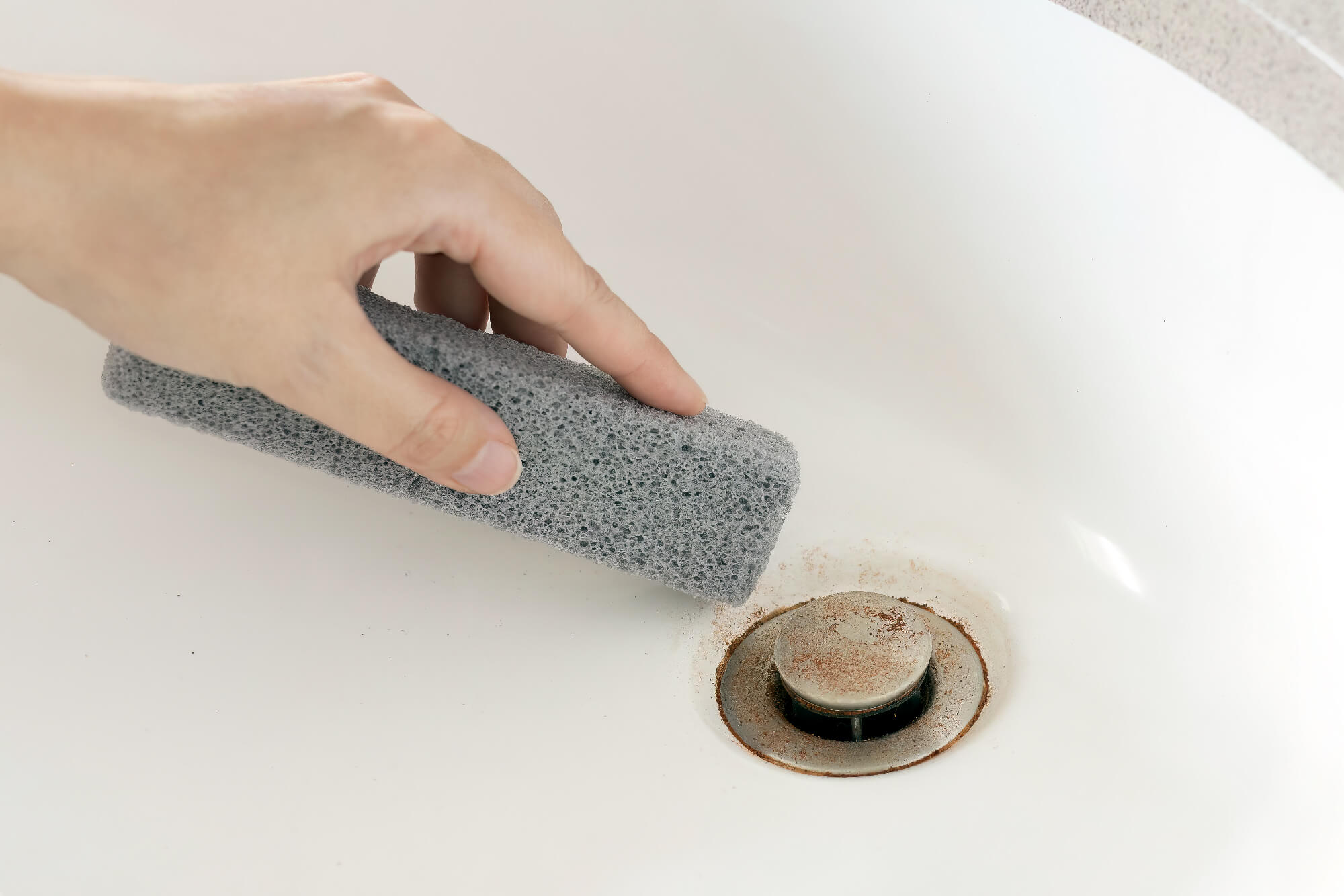

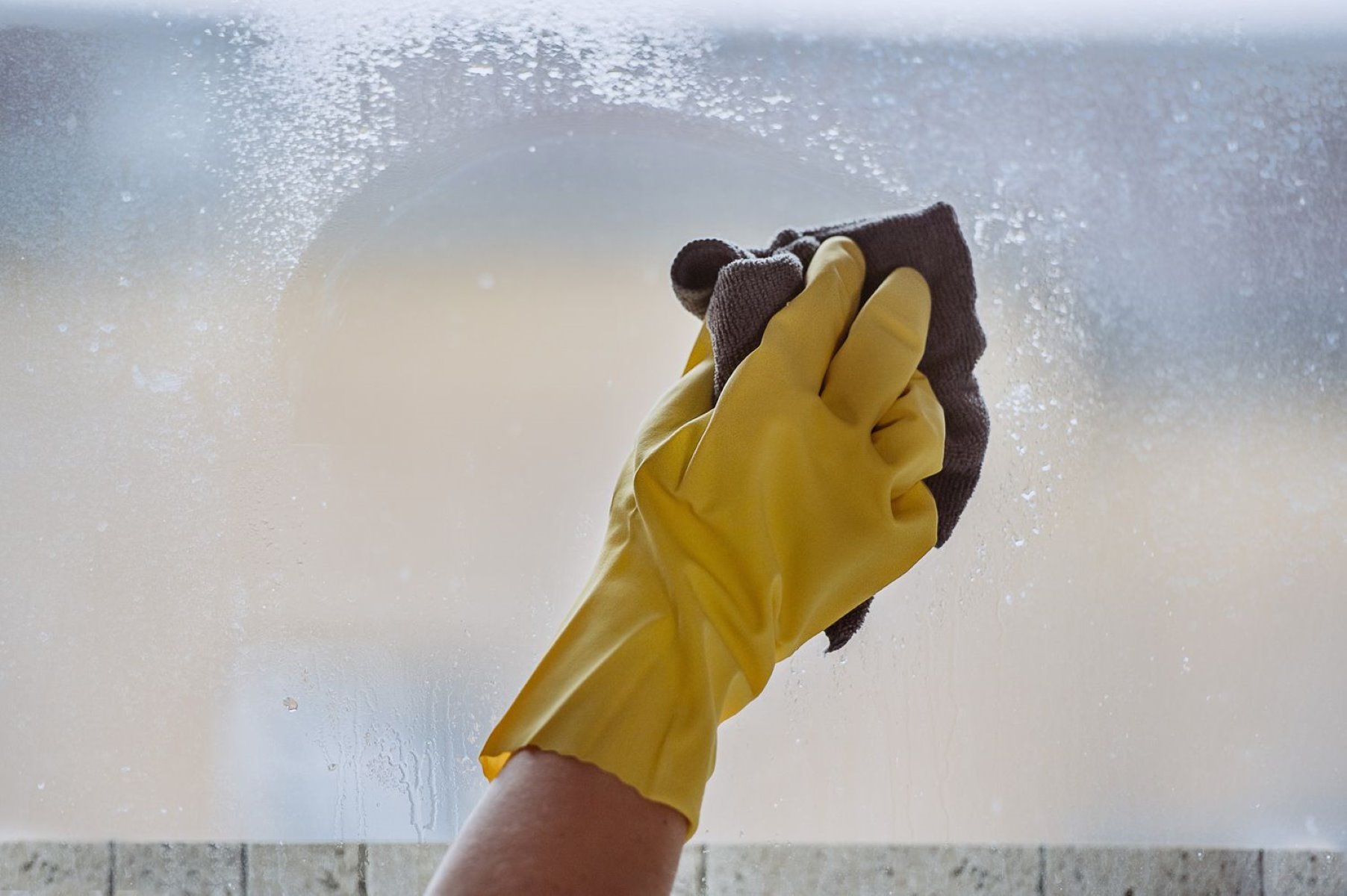
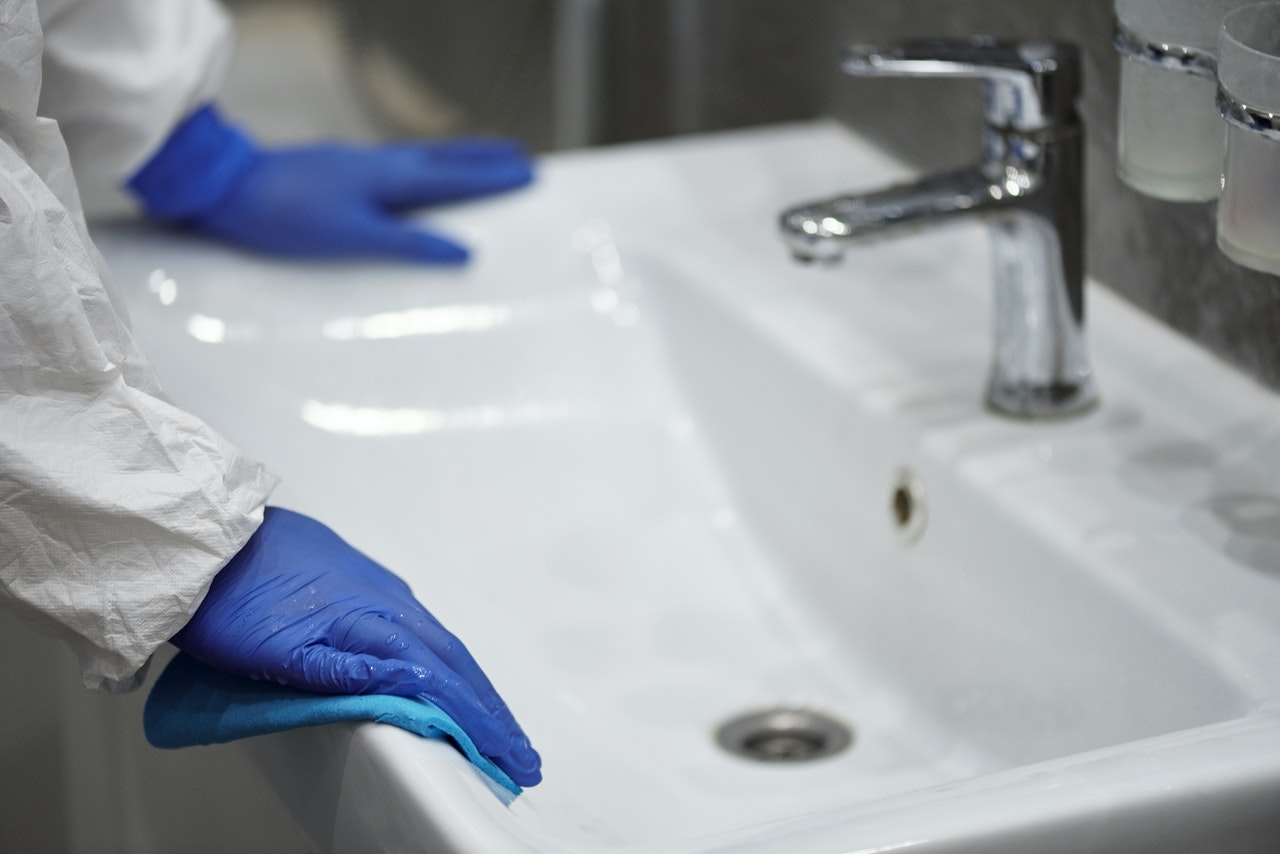
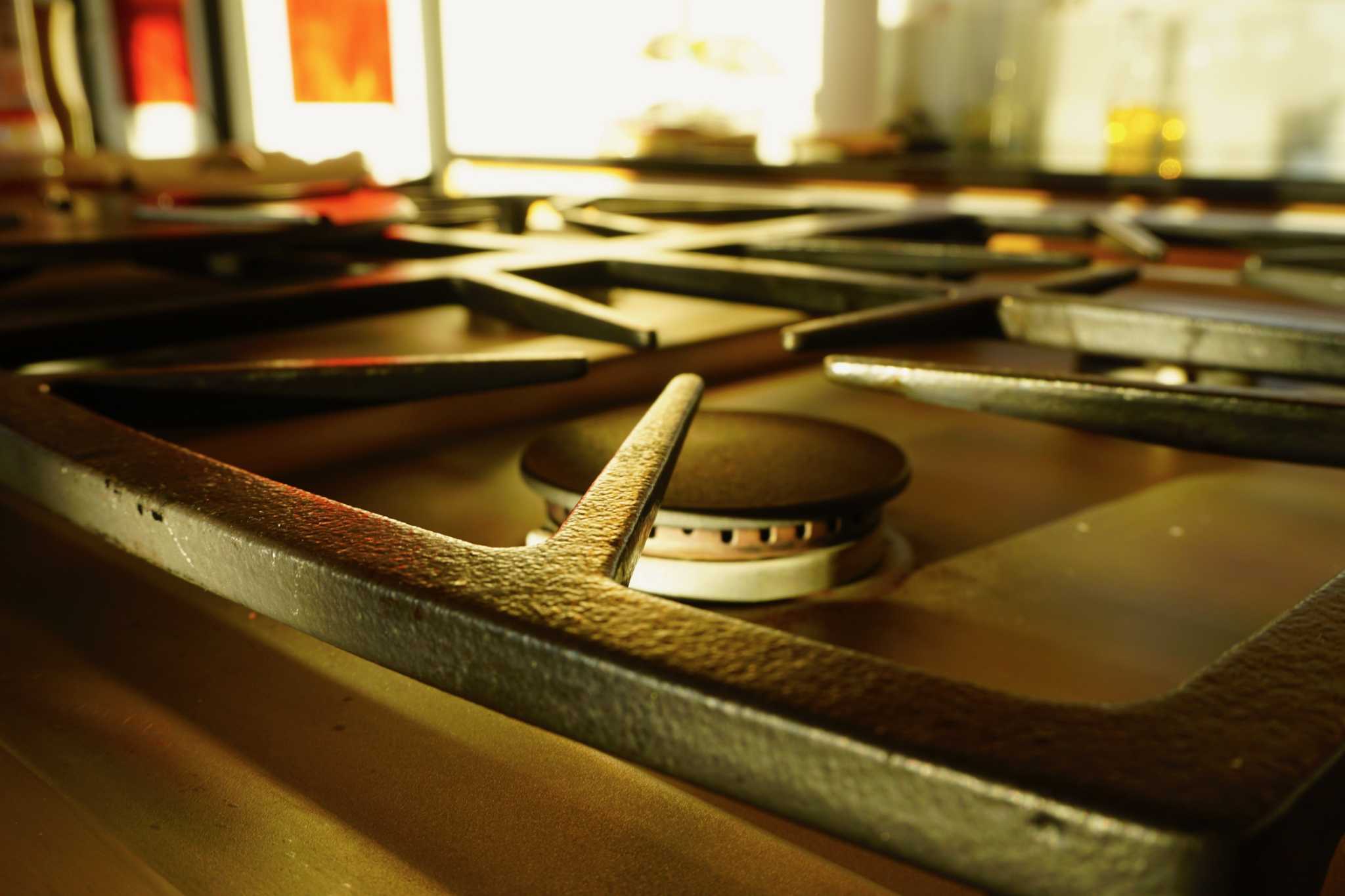
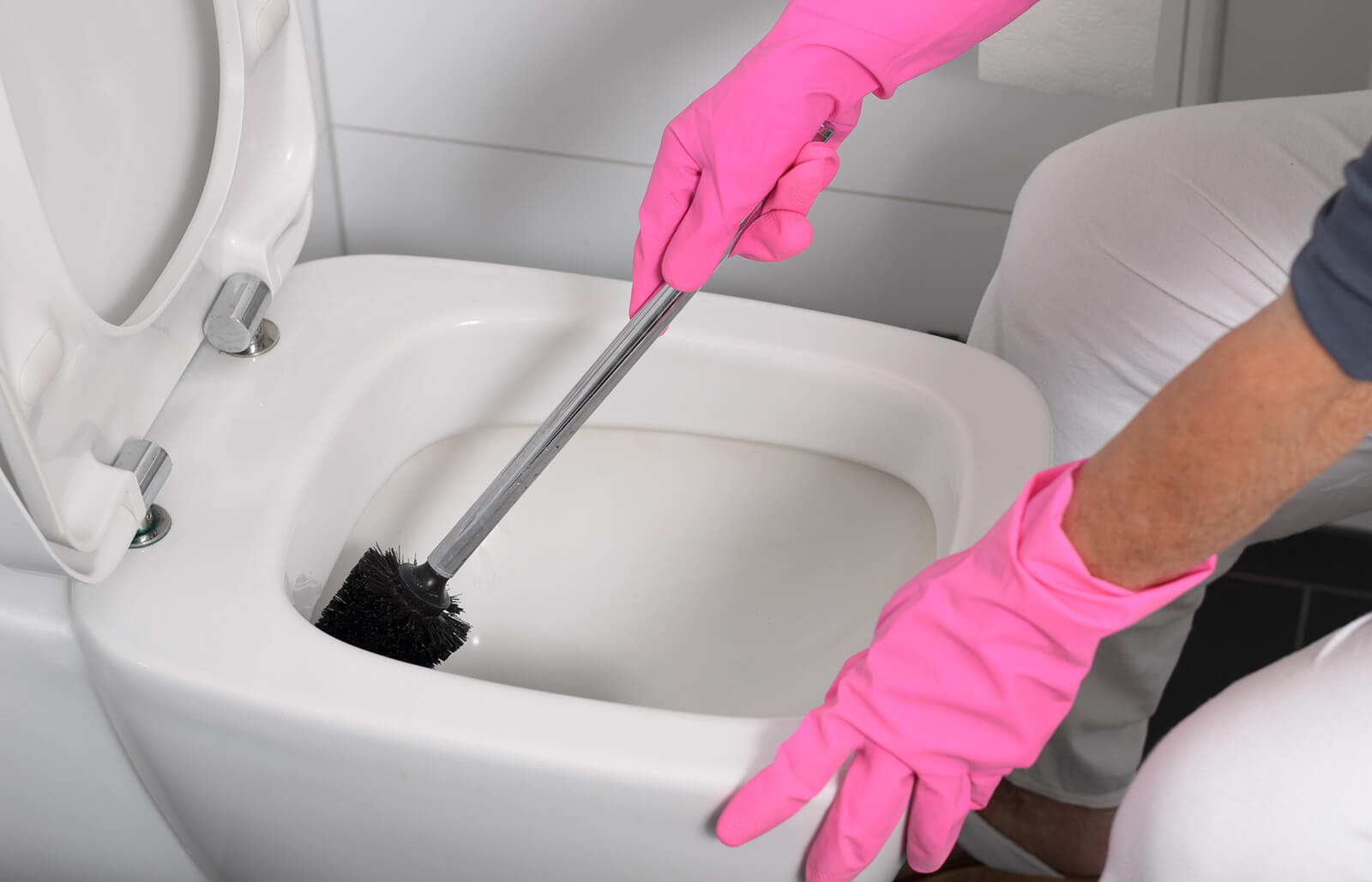
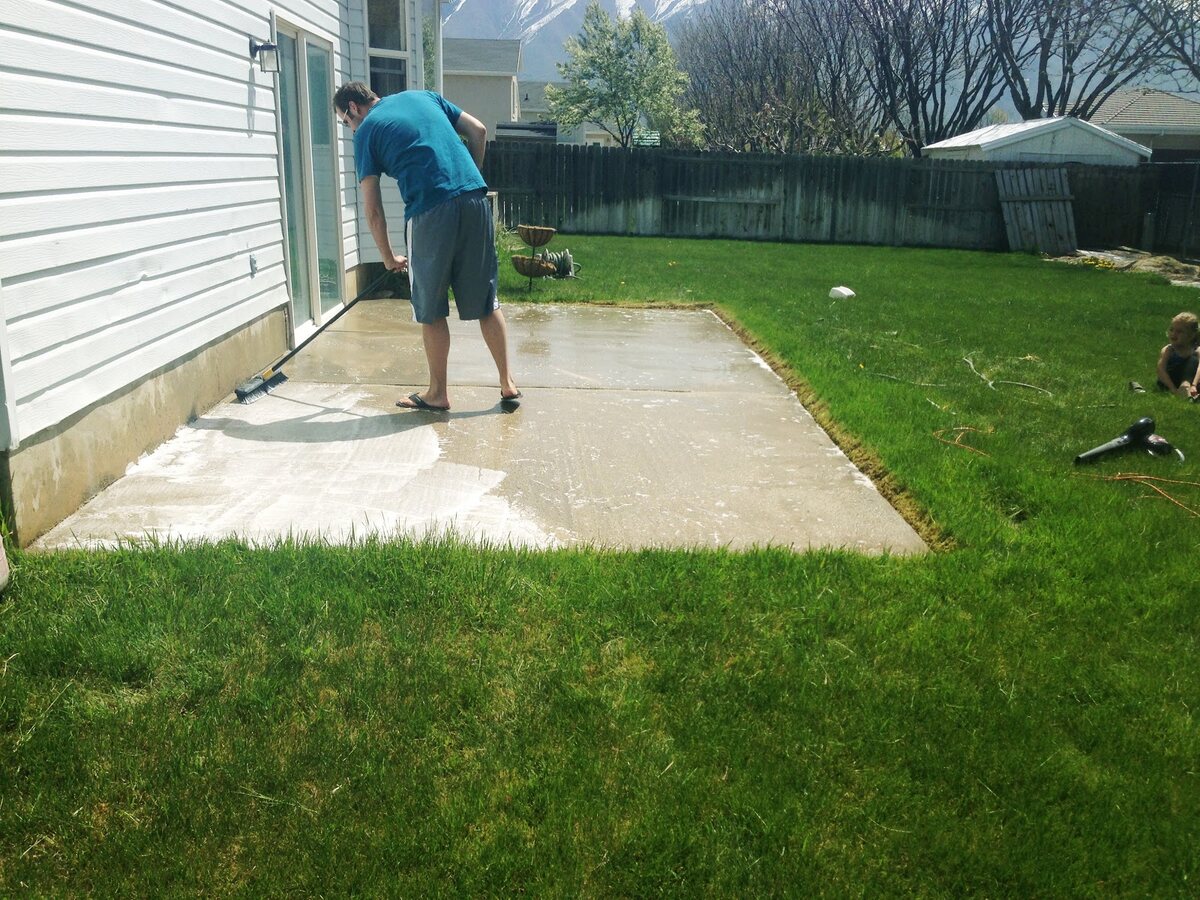
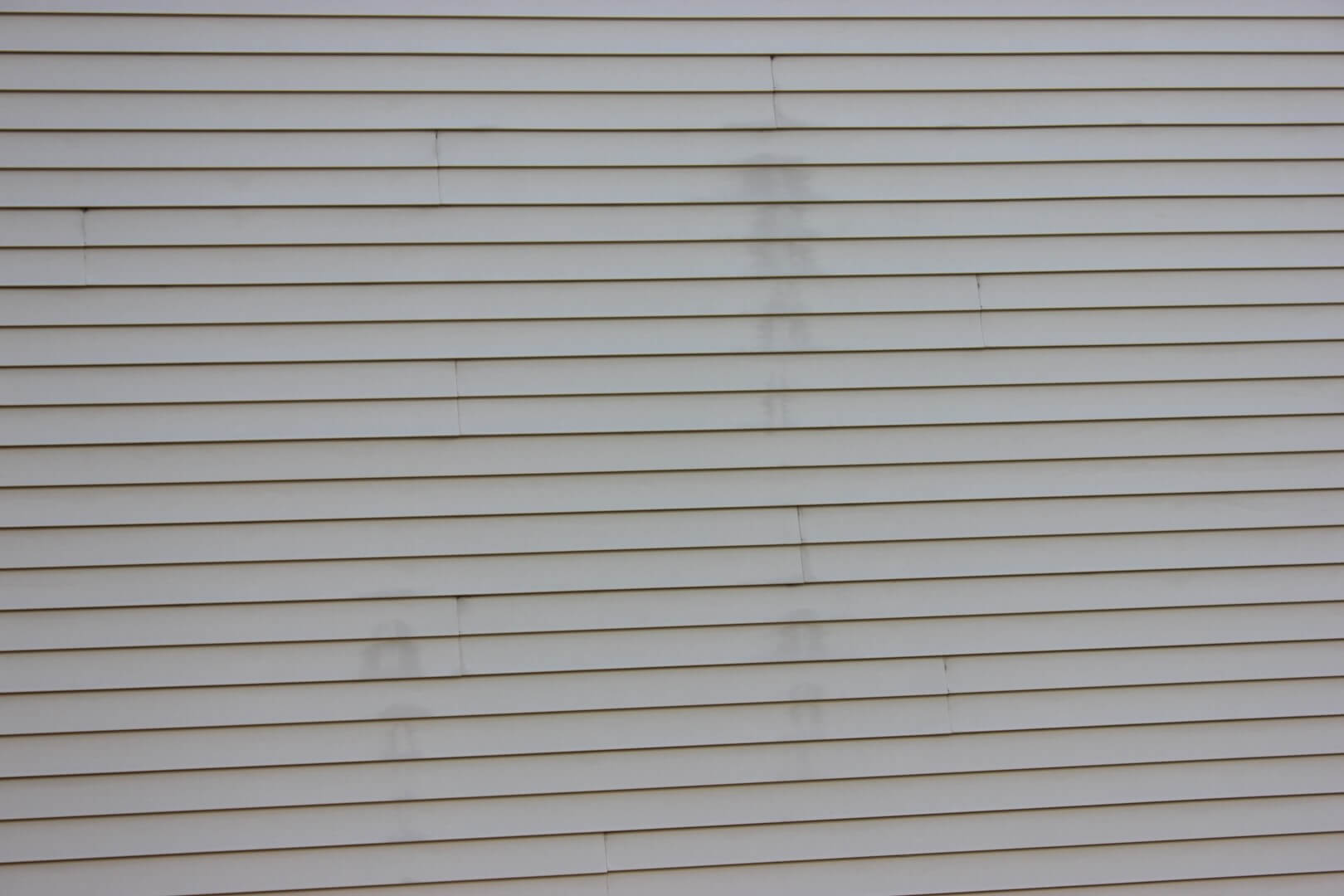
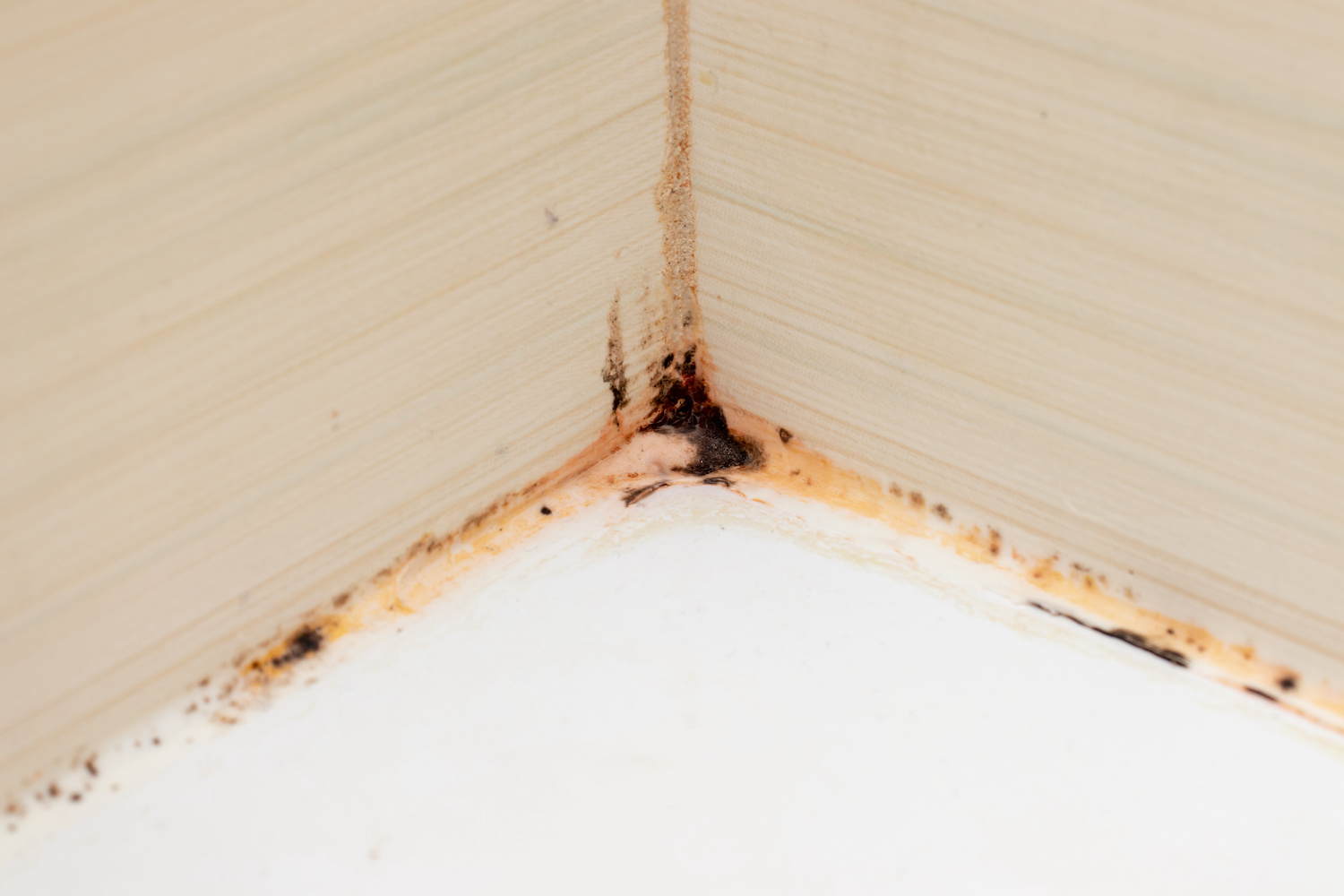

0 thoughts on “How To Get Stain Off Porcelain Sink”